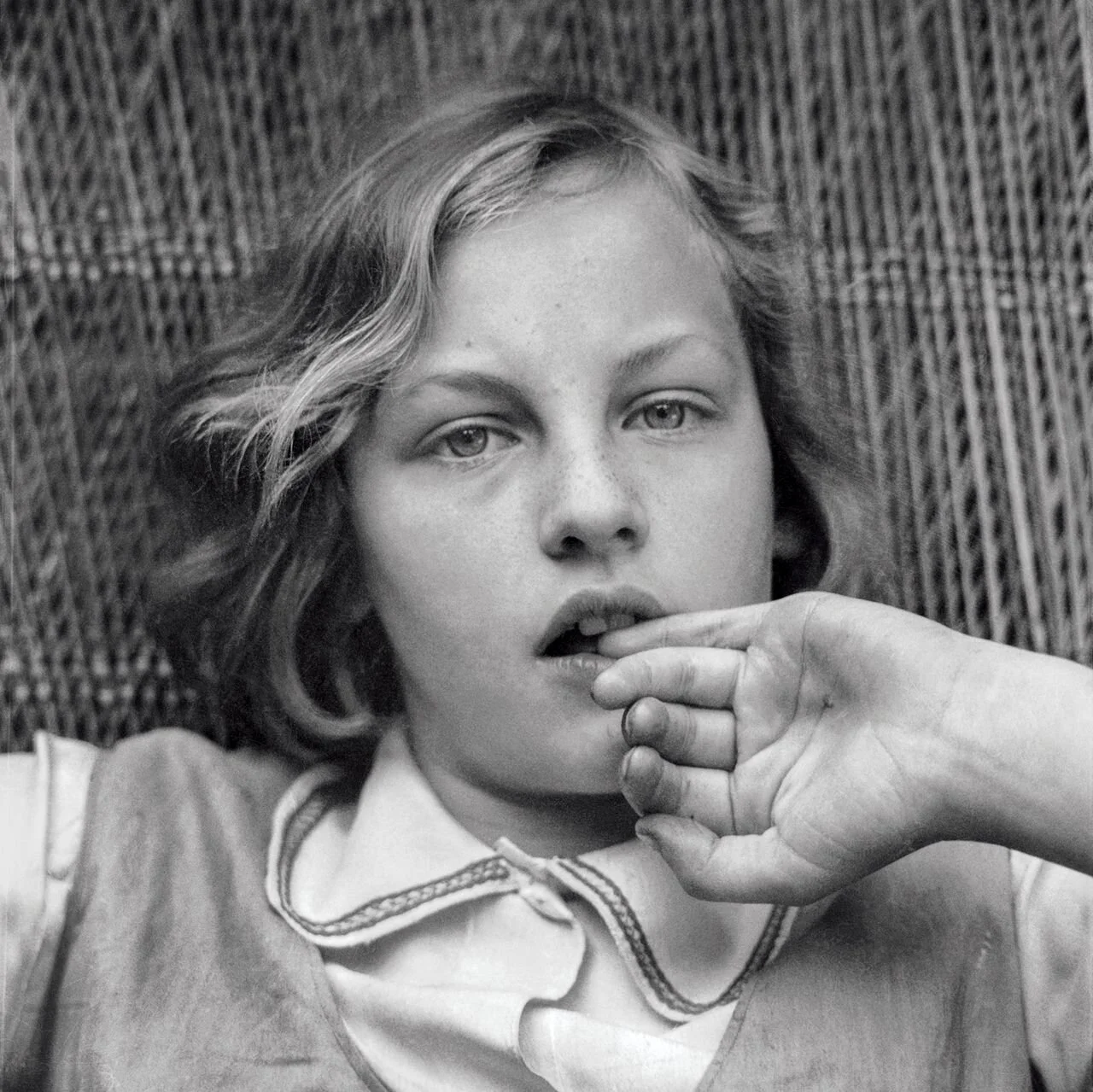Remembering the Remarkable Talent of Dorothea Lange
Dorothea Lange was an American documentary photographer, whose work shed a light on the plight of American citizens during some of the darkest eras of U.S. history. She was an incredible photographer, with a remarkable knack for capturing raw, unfiltered emotion.
Via The Wall Street Journal
As a young girl, Lange was exposed to a plethora of literature and art. At the age of seven, she contracted polio, which left her with a partially paralyzed leg, and led her to walk with a limp for the rest of her life. Lange believed this was a turning point in her life. While speaking of her limp, Lange once said "It formed me, guided me, instructed me, helped me, and humiliated me."
Following the completion of a photography class at Columbia University with the famed photographer Clarence H. White, Lange began to make her way through the industry, creating personal connections with art patrons and artists. Soon thereafter, she moved to San Francisco, where she made a living by taking portraitures of the San Francisco elite. Despite her educational experience in photography, Lange was mostly self-taught. She trained and developed her personal style while trying to meet the demands of her wealthy subjects. Shortly after the Great Depression hit the United States, she began to feel dissatisfied with her work and took to the streets of San Francisco in an effort to document the financial hardships experienced by the residents of the city. It was then that she took her first documentary photograph, “White Angel Breadline”, which remains to be a symbol for the food shortage during the Great Depression.
Via Art Books Online
Shortly after abandoning her photography studio in San Francisco, Lange ended her first marriage and started to work alongside Paul Taylor, an agricultural economist, whom she would soon end up marrying. They both worked for the California State Emergency Relief Administration, and together they traveled across the state, documenting, both orally and visually, the extreme impoverishment of farmers during what came to be known as the Dustbowl Era. The image the world remembers of this era is greatly shaped by Lange herself. Following her work in the relief administration, she was employed by the federal government’s Resettlement Administration, where she captured images of the poor rural workers in a propaganda effort to raise political support for government aid. For the next four years of her life, she traveled across the country, recording the difficult conditions of the migrant workers and environmental degradation. It was during this period of her life that Lange captured one of the most iconic photographs in history – “Migrant Mother” – which features a displaced mother and her three children in a Pea Picker’s camp in Nipomo, California. This image embodied the struggles farmers had faced as they had to move to the West in search of farming jobs. Her seemingly candid shots, combined with her apt consideration to both detail and textures, resulted in the conception of the final infamous photograph that has come to define the Great Depression.
Via Aperture Foundation
Even after the Great Depression, Lange remained faithful to her social efforts. During World War II, she was hired by the government to capture images of Japanese American citizens performing ordinary activities. However, these images depicted something more sinister – the racially motivated relocation and internment of citizens of Japanese origin. Despite her work being funded by the federal government, it was hugely suppressed during the war.
Lange was a particularly unique photographer. She was a prominent female figure in an industry dominated by men. Her work was funded by the American government, and yet it was embraced in the art world. She captured and produced a plethora of emotion invoking images that reveal the atrocities of different American crises. Yet despite all of that, Lange rarely classified her work as art, rather, her work was curated to invoke social change.
Via The New York Times
Towards the end of her life, Dorothea Lange reflected, “The camera is an instrument that teaches people how to see without a camera.” Lange’s work was impactful in its depictions of a society ravaged by the Great Depression. Her images have lived on for years to come, and they have greatly shaped the way people view both the Great Depression and The Dust Bowl era.
Via The San Francisco Examiner





